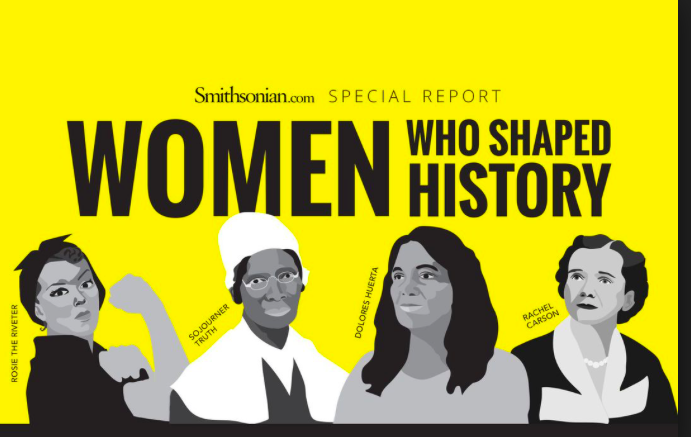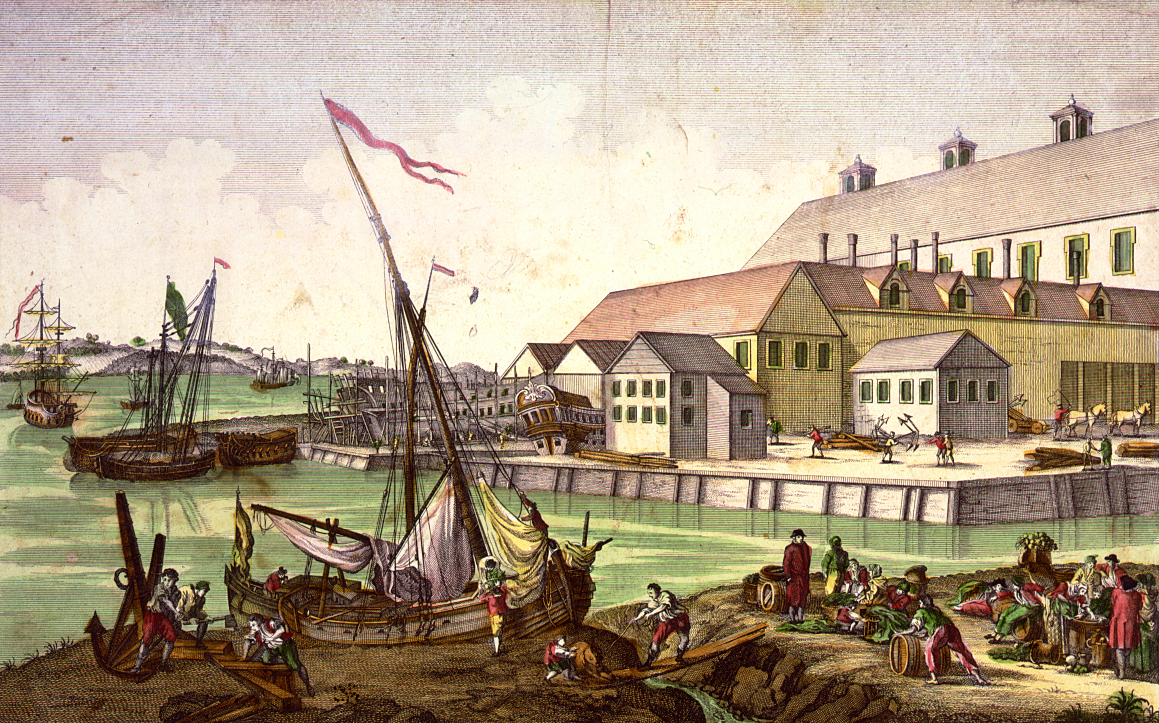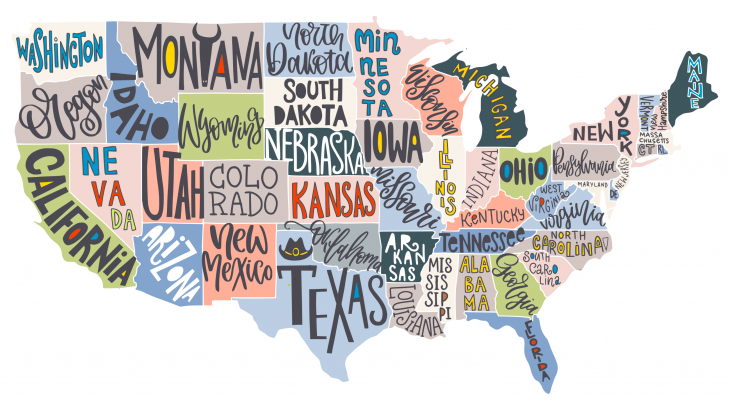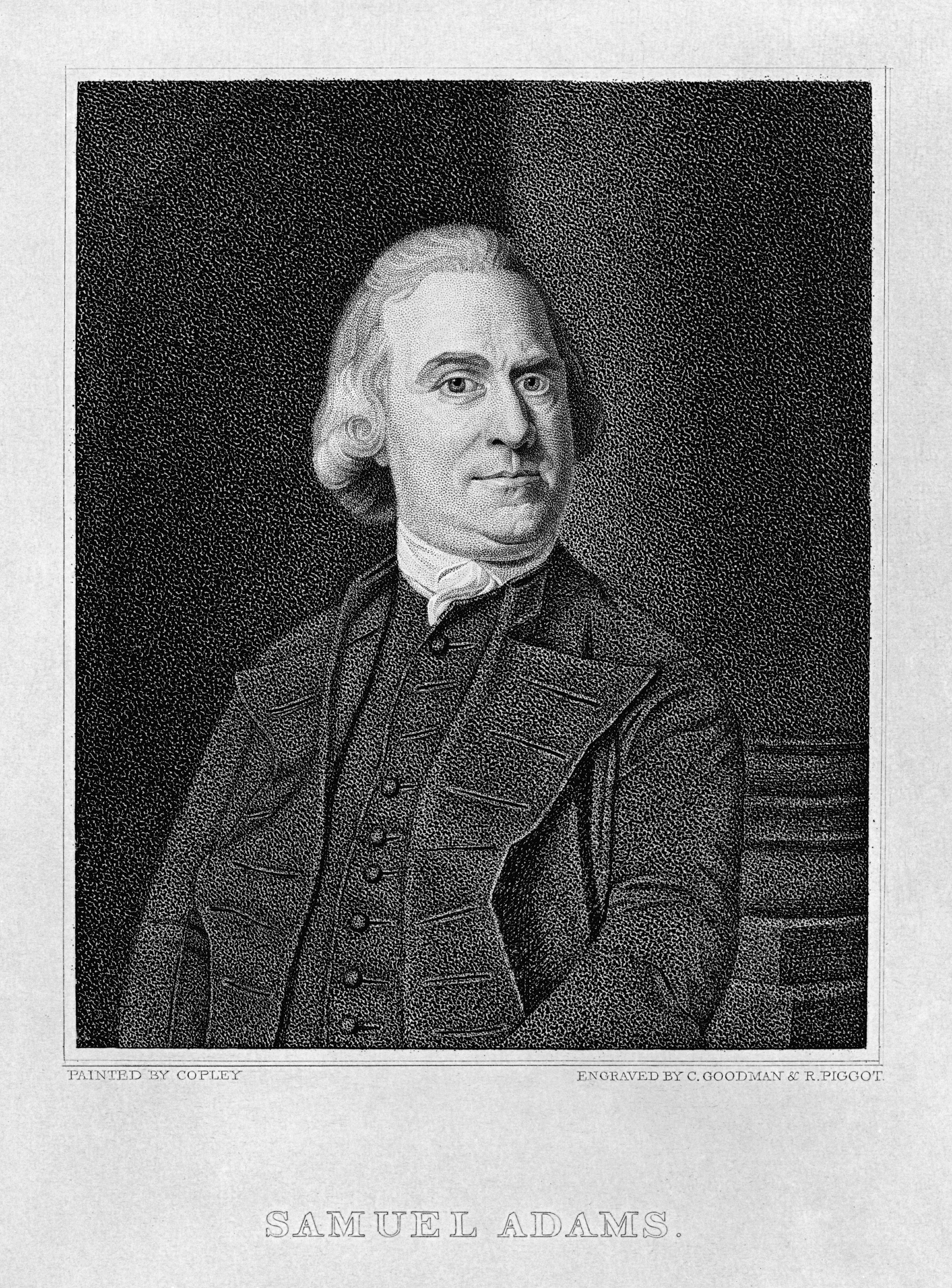Memorial to the American Revolution, Cambridge Massachusetts
Topics on the Page

A. the Boston Massacre
B. the Boston Tea Party
C. Worcester Revolution of 1774
D. the Battles of Lexington and Concord and Bunker Hill and The Siege of Boston
E. Samuel Adams, John Adams, and John Hancock

- Abigail Adams
- Deborah Sampson
- Judith Sargent Murray
F. Slavery and Its Abolition in Massachusetts
Elizabeth Freeman (Mum Bett)
 Link to the Massachusetts State Constitution
Link to the Massachusetts State Constitution
Focus Question:
What were the key events and who were the important leaders that contributed to Massachusetts' role in the American Revolution?

 For more, AP United States History 4
For more, AP United States History 4
African Americans During the American Revolution
 American revolution timeline
American revolution timeline
"Massachusetts casts a long shadow," noted historians Richard D. Brown and Jack Tager, authors of Massachusetts: A Concise History (University of Massachusetts Press, 2000).
- Events in Massachusetts set the stage for the Revolution, for here the origins of the conflict were played out in a contrast between two cultures—Yankee culture "oriented toward fulfilling the aspirations of common farmers and tradesmen" and British culture, "frankly elitist and cosmopolitan, aimed at refinement, excellence and order" (p. 58).
- Following the French and Indian War, British policies brought Yankee culture and British culture in Massachusetts into conflict, "polarizing not only Massachusetts politics but social visions as well. Promoting obedience to British government came to signify an attachment to the orderly, hierarchical world of patronage and privilege" (p. 58). Then different events propelled the colonists toward rebellion.

A. The Boston Massacre
Link to Dramatic Event Page on The Boston Massacre
On March 5, 1770, a crowd American colonists began throwing snowballs, sticks, and stones at the British troops guarding the Boston Customs House. The soldiers became enraged after one of them had been hit and fired into the crowd.
- Although the British troops were under strict order to not fire upon the turbulent crowd, several American colonists were killed by British soldiers, the most famous being Crispus Attucks. The event became known as the Boston Massacre.
- The American colonists were the instigators of this confrontation, but they were able to use the event for propaganda to rally support for the patriots. After the "massacre," there was a town meeting held in which the American people called for the removal of the British sentinel that was responsible for the five deaths and six injuries of the incident.
- At the trial, future President John Adams defended British Captain John Preston and his soldiers. Two British soldiers would be found guilty for manslaughter, the rest were acquitted of all charges.
For more, see Perspectives on the Boston Massacre from the Massachusetts Historical Society.
To learn more about the life of Crispus Attucks, and the events surrounding his fateful role in the Boston Massacre, click here.
 Boston Massacre Trials (1770) from Famous Trials Websites, University of Missouri-Kansas City School of Law has eyewitness depositions, the soldiers trial account, John Adams summation, and more resources.
Boston Massacre Trials (1770) from Famous Trials Websites, University of Missouri-Kansas City School of Law has eyewitness depositions, the soldiers trial account, John Adams summation, and more resources.
 Primary source account from an anonymous eyewitness of the Massacre
Primary source account from an anonymous eyewitness of the Massacre
 The Boston Massacre: Fact, Fiction, or Bad Memory
The Boston Massacre: Fact, Fiction, or Bad Memory
- Click here for a lesson plan pertaining to the various perspectives and interpretations of the Boston Massacre.
 B. Boston Tea Party (December 16, 1773)
B. Boston Tea Party (December 16, 1773)
There are three videos that explain the early difficulties the colonist had with British rule, especially around the time of the Boston Massacre.
- Taxes and Smuggling
- Boston Tea Party
- More taxes and tea
American colonists raided a ship, The Beaver, in the Boston Harbor.
- The colonists, disguised as Native Americans, dumped the cargo of tea overboard in protest over the high taxes they were paying on tea.
- This act was an expression of American frustration with would became known as 'taxation without representation'.
- Many Colonists did not believe it was fair that the colonies were being unfairly burdened with the war debt from the French and Indian war. On top of that they were not even consulted on or given a chance to voice their opinion on the matter.
America's Tea Parties: Not One But Four! Boston, Charleston, New York, Philadelphia. Marissa Moss, Abrams, 2016.
In response to this raid, the British Parliament passed the Coercive Acts which precipitated the close of Boston commerce until Bostonians repaid the British East India Company for their lost product. The colonists of Massachusetts refused helping to bring on the Revolutionary War.
 Click here for a List of Participants in the Boston Tea Party.
Click here for a List of Participants in the Boston Tea Party.
Here is a video that gives a brief overview of the Boston Tea Party
Here is a useful website from the Massachusetts Historical Society about the lead up to the American Revolution. This link is specifically about the Boston Tea Party, but from there one has access to the website's resources about a wide range of topics, including the Boston Massacre, Lexington and Concord and the Battle of Bunker Hill.
"Give Me Liberty or Give Me Death" speech by Patrick Henry on March 23rd 1775.
Sons of Liberty were a secret political organization that helped organize the Boston Tea Party and helped the revolution by acting out against the British.
C. The Worcester Revolution of 1774
Example of pre-war colonists resisting British rule in their every day lives. This event saw the entirety of the county of Worcester cast off British rule and through out British appointed officials
- On September 6, 1774 over 30 townships in the county sent militia men to the county seat of Worcester, numbering over 4,000
- They lined the streets for nearly a quarter mile and made every British official walk the gauntlet
- They were forced to recant their allegiance to the crown and swear never to up hold British law
- This event spread to the surrounding country side and to every other county and town in the state! (except for Boston)
- The entirety of Massachusetts over turned British rule, not a single town would follow British law
- This all happened over a year BEFORE the out break of the war
Link to the Worcester Revolution of 1774, in which groups of colonists shut down courts across Massachusetts in the summer of 1774.
D. Battles of Lexington/Concord and Bunker (Breed’s) Hill and The Siege of Boston
Check out this fun interactive game where you get to make choices about the American Revolution: Lexington and Concord

Paul Revere
- Born January 1, 1735, North End, Boston, MA
- known for famous ride to Lexington on the night of April 18-19, 1775
- Did not yell "the british (red coats) are coming, but actually passed the message that the "the regulars are coming out"
- Want to learn more about Paul Revere click this link!
The beginning of the battles are recalled in the poem by Henry Wadsworth Longfellow, The Midnight Ride of Paul Revere.
The Midnight Ride (cartoon)
For an analytical and argumentative lesson plan pertaining to the Midnight Ride of Paul Revere, click here.
Battles of Lexington and Concord (April 19, 1775)
The battles of Lexington and Concord were the first major battles, beginning with "the shot heard round the world."
 |
| Image from A Brief History of the United States, 1885 |
For background, see Lexington and Concord
This was the first battle in which the Americans had a chance to fight the British face to face. The battles took place on April 19, 1775. People tend to place this battles together because the villages of Lexington and Concord are so close to each other.
The aim of the British was to seize and destroy the colonist cache of weapons and gunpowder in the town of Concord.
At Lexington the militia blocked the advance of the British. They were outnumbered and poorly organized. The British numbered 700 while the militia only numbered 77. The militia was overwhelmed and fell back.
At Concord the British seized the cache of weapons. But the militia received a number of reinforcements and were able to chase the British off. Emboldened by their victory and more militia arriving my the minute the colonial militiamen chased and harassed the now outnumbered British as they retreated towards Boston.
As the British retreated they were able to keep their causalities low which is really quiet an accomplishment considering they were constantly shoot at as they retreated. But with reinforcements from Boston the British were able to give the militia pause, allowing the entire British force to retreat safely to Boston, thus beginning what would later be known as the "Siege of Boston".
The colonial militias zeal and effort the chase the British off was a great early victory for the war and certainly helped to show that the British could be defeat, rallying more to the American cause. But in purely military terms it was a draw for the most part. The British accomplished their mission were able to, for the most part, make it safely back to Boston. Although the militia outnumbered the British as they marched back to Boston they failed to coordinate they efforts and lacked sufficient leadership to use their numbers effectively. If they had done so they could have inflicted heavier casualties or even wiped out the British force. There by eliminating them as factors in the Siege of Boston that followed.

The National Park Service provides a booklet full of lesson plans and primary sources readings from Thomas Gage (commander of the British forces) all the way down to the inexperienced militiamen.
Here is an excellent interactive animation of these events from revolutionarywaranimated.com.
The Battle of Bunker Hill (June 17, 1775)
View of the Attack on Bunker's Hill with the Burning of Charlestown. Engraving, 1783

The Battle of Bunker Hill was another battle in Massachusetts, fought in the village of Charlestown on June 17, 1775.
- The battle wasn't fought on Bunker Hill but on Breed's Hill which was a neighboring hill.
- The site were the battle took place had 3 hills. The hills allowed for the Americans to take cover and surprise the British soldiers when they attacked.
- While the British were able to hold the day, they experienced high causalities. For many colonists, the Battle of Bunker Hill showcased an army of country men and boys willing to stand up to the British crown.
The Siege of Boston (April 1775 to March 1776)
Click here for The Siege of Boston that includes eyewitness accounts. from the Massachusetts Historical Society.
- Siege of Boston was an 11 month siege by Revolutionaries after they defeated the British at the battle of Lexington and Concord.
- The British eventually mounted an attack and won the Battle of Bunker Hill.
Click here for a detailed video about the Siege of Boston, and the ultimate evacuation of the British from the city.
E. Samuel Adams, John Adams, and John Hancock
 |
| Samuel Adams |
 |
| John Adams by Mather Brown, 1788 |
Samuel Adams was born in Boston in 1722
- He was a voice who made people think about what was going on in the world around them and why the British had so much control over the colonies from far away.
- He voiced the opinion of “no taxation without representation,” which meant that the people wanted no new taxes unless they were represented in Parliament.
Click here to watch a short video about the life of Samuel Adams, and his role in the Revolutionary War.
John Adams was born in 1735 and would later become the second President of the newly established United States
- He served in the nation's highest office between 1797 and 1801, after his time as George Washington's Vice President.
- He was an ambassador to France and Holland for many years during the Revolution and was able to get some form of French support for the colonists.
- His son John Quincy Adams later became the sixth President of the United States.

John Hancock is mainly known for his service as President of the Second Continental Congress and his signature on the Declaration of Independence
- His signature was large and meant to be seen by all who read it.
- He was born in Boston in 1737 and was orphaned and adopted by a wealthy uncle.
- He would realize as a teen that politics were his strong point and he wanted to understand them more.
- Painting of John Hancock by artist John Singleton Copley, 1765
As an adult became one of the richest merchants in the colony while still investing a great deal of his time in politics.
- Hancock was also the man who appointed George Washington to be Commander in Chief of the Army in 1775.
- After the Revolution, he served as Governor of Massachusetts until his death in 1793.
Click here for a short video detailing the life of John Hancock, and his role in the Revolutionary War.
 Sign into Twitter to read a tweet a day from John Quincy Adams' diaries beginning in 1809 from the Massachusetts Historical Society.
Sign into Twitter to read a tweet a day from John Quincy Adams' diaries beginning in 1809 from the Massachusetts Historical Society.
Abigail Adams
Here is a biography of John Adams' wife Abigail
Biography.There are some useful lesson plans available here as well.
Click here for information about Abigail Adams's famous "Remember the Ladies" letter to John Adams (1776).
Deborah Sampson:
- Born: December 17, 1760, Plympton, MA
- Enlisted in the Fourth Massachusetts Regiment under the name Robert Shurtleff
- Bided her chest and refused medical treatments to avoid anyone finding out her identity
- Watch this video to learn more about Debroah!
Click here for a short biography of Deborah Sampson, a female revolutionary fighter from the Commonwealth of Massachusetts. She served 17 months in the revolutionary army before being honorably discharged in 1781.
African Americans from Massachusetts in the Revolution
Some 1700 people of African and Native American descent living in Massachusetts served in the Continental Army, according to the Massachusetts Society of the Sons of the American Revolution
- The number is inexact since military list only terms like "black," "mulatto," or "brown" since many of the soldiers did not have surnames and were listed by appearance only.
- Most slaves enlisted to gain freedom at the completion of their service ("Fight to be Free," Bob Dunn, The Recorder, July 4, 2011, pp. A1-2.)
For an in-depth look at the history of African Americans of Massachusetts in the Revolution, click here.
 For more, go to the website for the book Forgotten Patriots: African American and American Indian Patriots of the Revolutionary War from the Daughters of the American Revolution (DAR). This publication arose as part of a settlement of a 1984 lawsuit by a woman who denied admittance to a DAR chapter in Washington, D. C.
For more, go to the website for the book Forgotten Patriots: African American and American Indian Patriots of the Revolutionary War from the Daughters of the American Revolution (DAR). This publication arose as part of a settlement of a 1984 lawsuit by a woman who denied admittance to a DAR chapter in Washington, D. C.
F. Slavery and Its Abolition in Massachusetts
 |
| Warrant Signed by Governor Winslow of Plymouth for the Sale of Indian Captives as Slaves, 1660s |
 Massachusetts was the first slave-holding colony in New England
Massachusetts was the first slave-holding colony in New England
- In 1641, Governor John Winthrop wrote the first laws legalizing slavery in North America. This law was followed by many other laws on governing slaves in the colonies, including laws on social activities, marriages, taxes, and curfews of the slaves.
- Most of the slaves in Massachusetts were house servants of wealthy families, although there were still slaves working as field hands.
- Slavery would continue, even with growing opposition, in Massachusetts until the 1780's.
- However, there were no laws directly outlawing the institution of slavery, but rather a series of events ended slavery.
- The first of these events was the ratification of the Massachusetts Constitution in 1780.
- Slavery in Massachusetts would slowly die away after Massachusetts adopted this new constitution.
Elizabeth Freeman (Mum Bet)
In 1781, Elizabeth Freeman was the first African American slave to be freed under the new Massachusetts Constitution of 1780. She filed suit in Berkshire County Court in Great Barrington on the basis that slavery was illegal because it denied her rightful freedom and equality. Heretofore, slaves had only gained freedom on the basis of a broken promise by a master, not on the grounds of the illegality of the practice itself.
For more information, see The Legal End of Slavery in Massachusetts from the website "African Americans and the End of Slavery in Massachusetts." This site includes documents and information on the Quock Walker trials, which, along with the Elizabeth Freeman case, effectively ended slavery in the state.
Slavery in Massachusetts by independent scholar Douglas Harper provides additional information about the place of African Americans in the state. Massachusetts was the first slave-holding colony in New England.
-
Harper reports that in Massachusetts the number of slaves changed from fewer than 200 slaves in 1676, and 550 in 1708 to about 2,000 in 1715.
-
It reached its largest percentage of the total population between 1755 and 1764, when it stood at around 2.2 percent. Slaves were concentrated in the industrial and seaside towns.
-
Boston's population was about 10 percent Black in 1752
Petition for Freedom to Massachusetts Governor Thomas Gage, His Majesty's Council, and the House of Representatives, 25 May 1774 was submitted by a group of black slaves from Massachusetts, asserting that they share a common and natural right to be free with white citizens.
Here is a YouTube clip explaining how slavery was ended because of the Massachusetts Constitution of 1780.
Massachusetts Constitution and the Abolition of Slavery
Sources
http://www.ushistory.org/declaration/signers/hancock.htm
http://www.johnhancock.org/
http://www.americaslibrary.gov/cgi-bin/page.cgi/jb/revolut/boston_1
http://www.law.umkc.edu/faculty/projects/ftrials/bostonmassacre/bostonmassacre.html
http://www.americaslibrary.gov/cgi-bin/page.cgi/jb/revolut/boston_1
http://www.nps.gov/mima/index.htm National Parks
http://poetry.eserver.org/paul-revere.html- Midnight
http://www.dcn.davis.ca.us/vme/vo/4.html
http://www.cr.nps.gov/nR/twhp/wwwlps/lessons/42bunker/42visual1.htm”
Taken from: http://resourcesforhistoryteachers.wikispaces.com/+Grade+5+US+History+5.17
http://www.ushistory.org/declaration/signers/adams_s.htm
http://library.thinkquest.org/TQ0312848/sadams.htm
http://www.whitehouse.gov/history/presidents/ja2.htm
http://www.nps.gov/adam/
http://www.law.umkc.edu/faculty/projects/ftrials/bostonmassacre/indictment.html
http://www.historywiz.com/anonymousbostonmass.htm
http://www.youtube.com/watch?v=d6o41rxWWVY
http://www.youtube.com/watch?v=ojKxJ-L_IFI&feature=related
http://www.nps.gov/mima/forteachers/upload/Minute%20Man%20Lesson%20Plan.pdf
http://www.canton.org/samson/
http://www.dean.usma.edu/history/web03/atlases/AtlasesTableOfContents.html
http://www.americaslibrary.gov/jb/colonial/jb_colonial_hancock_1.html
http://www.whitehouse.gov/about/presidents/johnadams
Comments (0)
You don't have permission to comment on this page.